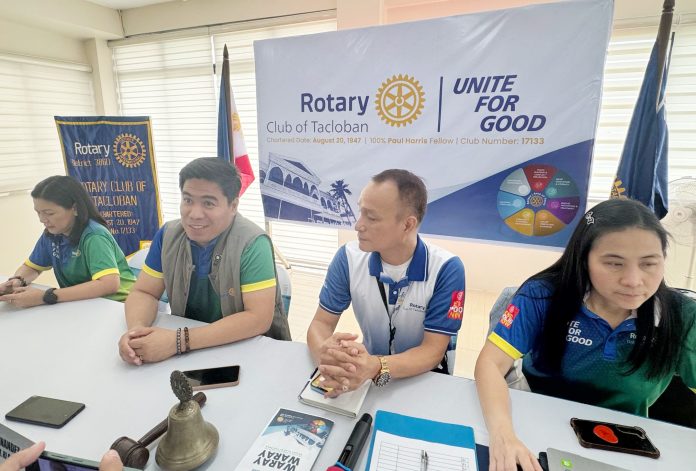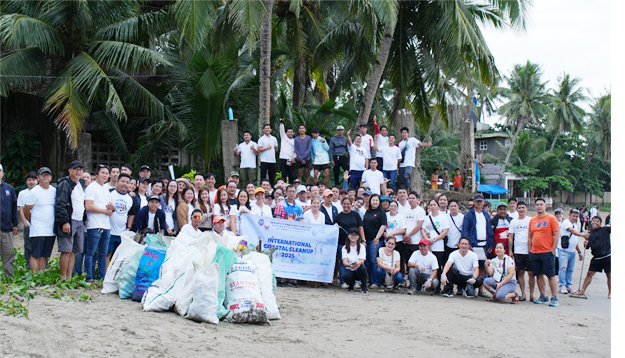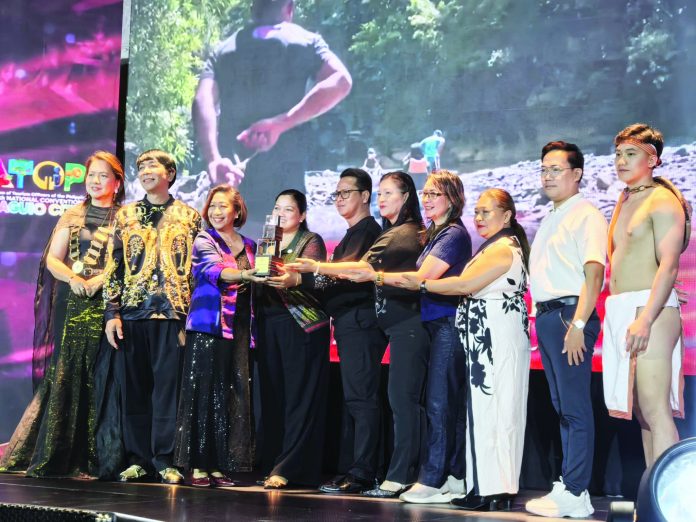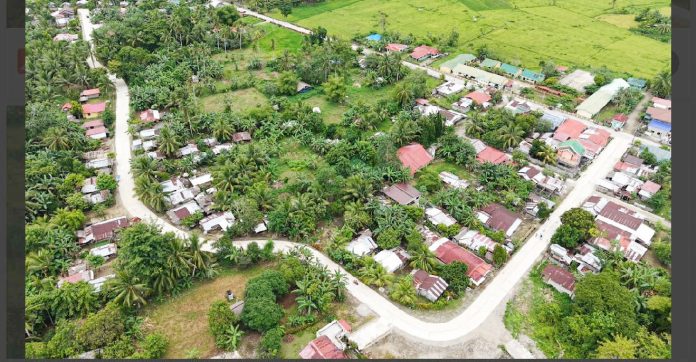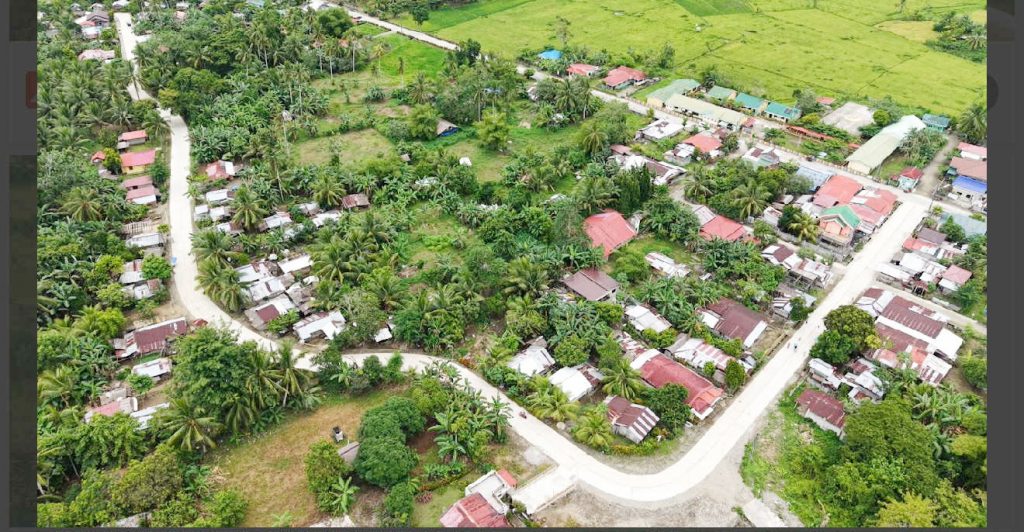MACTAN,Cebu-On September 26 and 27, the U.S. Embassy in the Philippines’ Regional English Language Office (RELO) hosted a two-day intensive training in Mactan, Cebu, to equip 48 educators from various regions across the Philippines with innovative strategies for integrating artificial intelligence (AI) in their classrooms.
This professional development was facilitated by three American English Language Fellows—Laura Roach, Maryann Miller, and Michael Schapiro. These Fellows are highly-qualified U.S. TESOL professionals selected by the U.S. Department of State for 10-month assignments abroad to support public diplomacy and educational capacity building.
The workshop, entitled “The Educator’s Edge: Mastering Literacy, AI, and Critical Thought,” focused on creating an integrated learning module that guides learners from basic language skills to critical thinking skills. This module will serve as a tool for the educators to utilize in their own classrooms and share with their colleagues, creating a multiplier effect in enriched pedagogical practices.
The training also provided hands-on experience to implement American-developed instructional technology. Educators were given a showcase and practical experience with a half-dozen U.S. AI/EdTech tools designed to personalize learning and increase classroom efficiency. These tools enable teachers to streamline tasks like content creation, assessment, and differentiation, allowing them to focus more on student interaction and critical thought development.
U.S. Embassy Regional English Language Officer Jeff McIlvenna framed the initiative as an investment in a critical bilateral relationship. “The paradigm of this activity was specifically designed by our American trainers for the professional development of Filipino educators,” he said. “This program is a concrete example of the robust bilateral cooperation and shared values between the United States and the Philippines, providing revolutionary techniques, and showcasing American excellence in English teaching in the Philippines.”
The program is the latest in a series of initiatives by the U.S. Embassy’s RELO to support education in the Philippines. American English Language Fellows are currently teaching and assisting in projects at Pamantasan ng Lungsod ng Maynila, Southern Leyte State University, and Mariano Marcos State University, actively building long-term collaborations in education. (PR)

